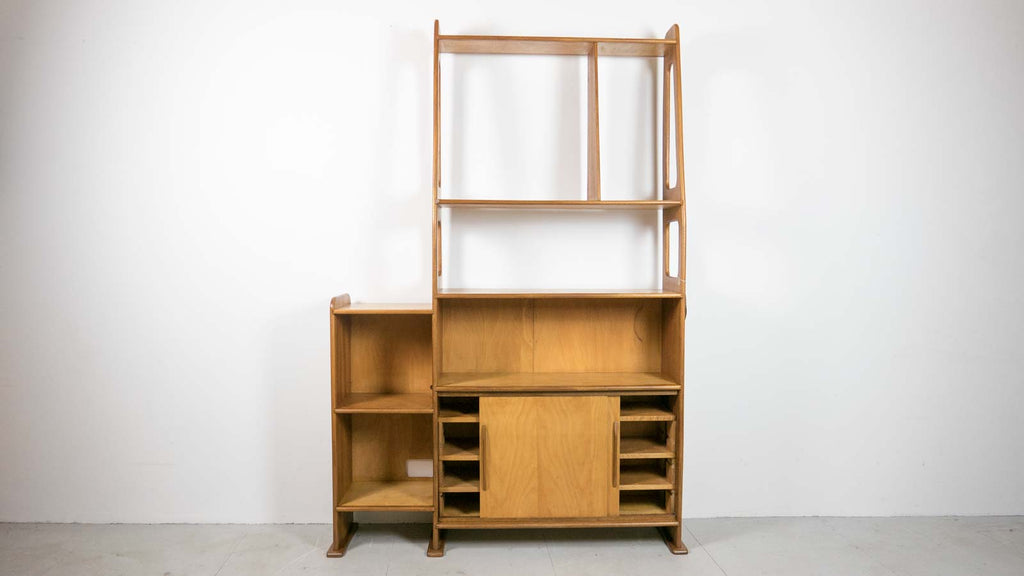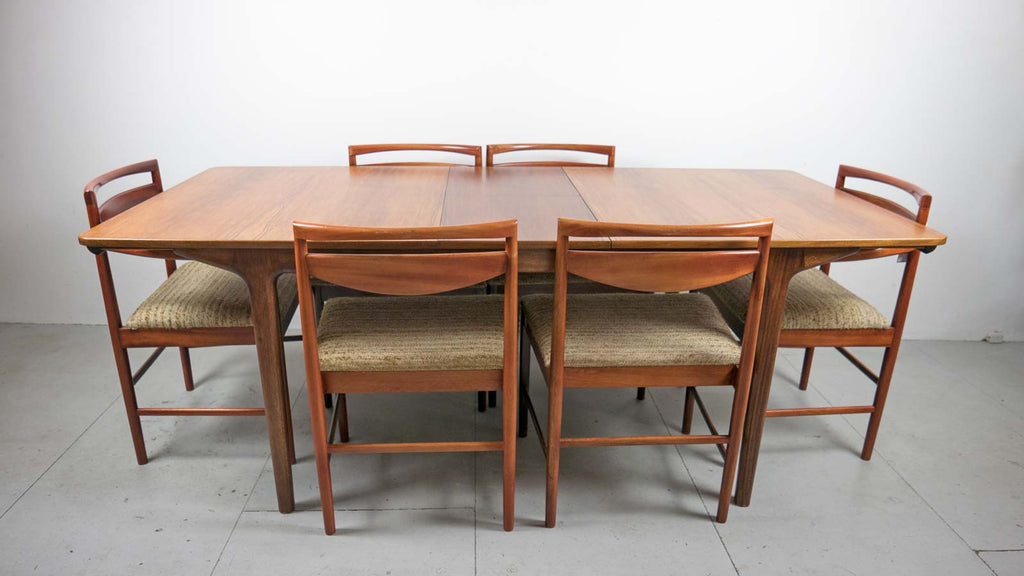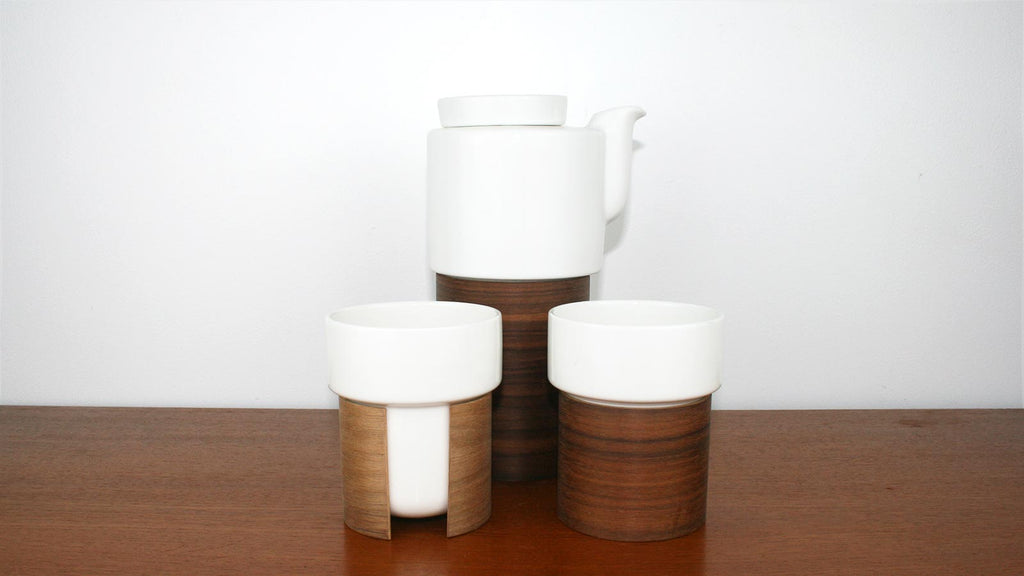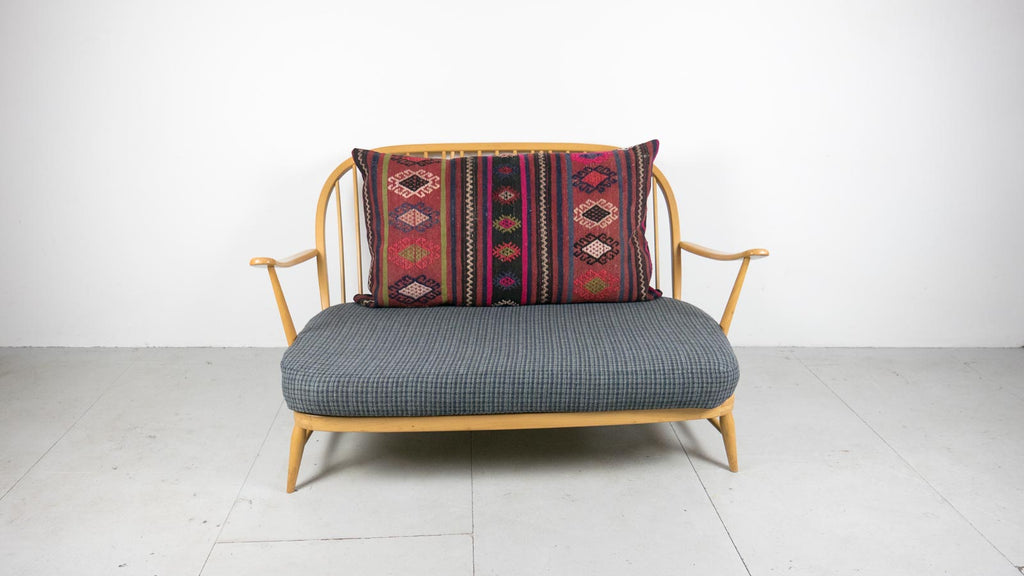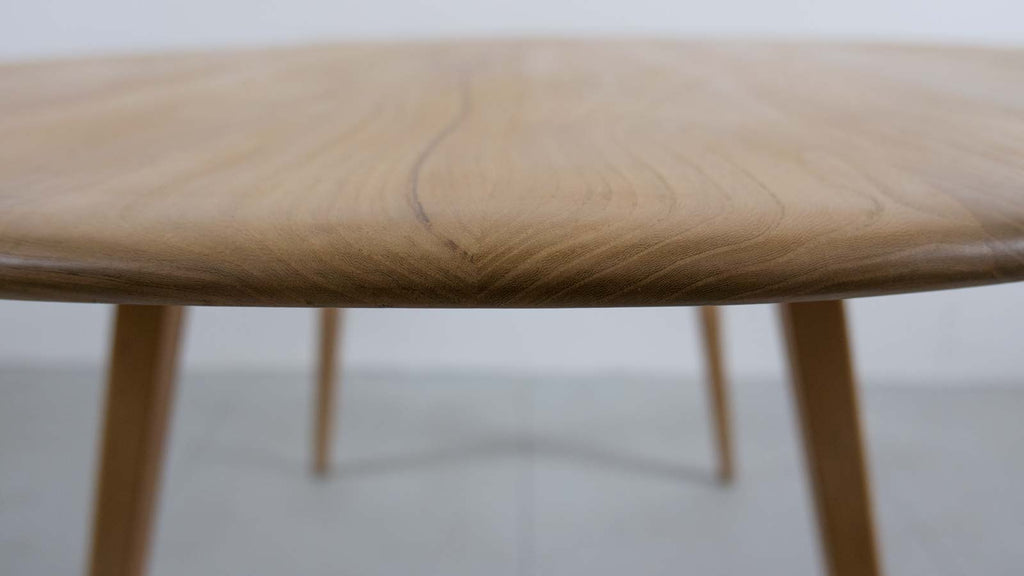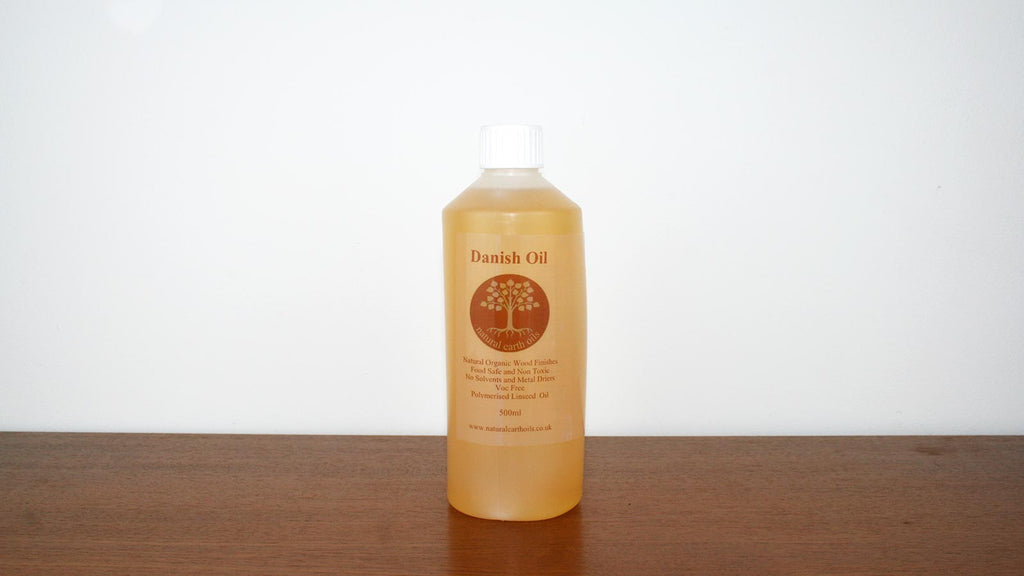Types of Wood Used in Mid Century Furniture

Furniture is made using many different types of wood, each of which exhibits a set of unique characteristics that make it better suited to a certain use than another.
Mid century furniture, however, tends to be crafted from a small number of high-quality, durable woods.
This guide looks at the qualities of each of these so you can make informed decisions and choose the right furniture for your home.
Hardwood vs Softwood
Before we get into the types of wood used in mid-century furniture making, it is important to establish the difference between hard and soft wood.
Hardwoods are sourced from leaf bearing trees and softwoods are sourced from cone bearing trees.
Most of the furniture we sell is made from hardwood. Here are three reasons why we tend to favour it over softwood furniture:
- Hardwoods tend to be more expensive than softwoods and are thus used by designers who care about quality. The cost of hardwood is often down to where the trees grow and to the fact that most hardwood trees mature at a slower rate than softwood trees.
- This slow growth is also why most hardwood is extremely durable. Slow growing trees produce a dense wood that can stand up to extensive use over a long period of time.
- Hardwood furniture also usually features an open grain. Open grain wood has a more textured feel then closed grain. It won’t be to everyone’s taste, but we personally think it adds a sense of character and identity to a piece.
Types of Hardwood
Oak
Oak is widely used in mid-century modern furniture and is still hugely popular today. One thing you can be certain of when you buy oak furniture is that it’ll be in your family for generations so long as you give it the right care.
- There are two varieties of oak, namely red and white. White oak has a grey-brown finish, whereas red has, unsurprisingly, a red hue. Both types will darken over time, a process that is accelerated with constant use.
- Oak is extremely durable. It also feels solid and has a sense of permanence, which makes it ideal for larger pieces of furniture like desks and tables.
- Oak features a wavy, open grain that is often complemented with medullary rays (rings that almost look like stains). These rings can help you distinguish oak from ash, which has a similar colour and grain.
Shop our range of oak furniture and homewares
Teak
Teak is a favourite of mid-century furniture designers and its use is invariably a sign of quality. Teak is native to South East Asia and Africa (Afromosia) and is defined by a few choice characteristics:
- Teak can be difficult and expensive to source as well as hard to work with. For these reasons, teak furniture is relatively expensive. These same reasons, however, mean that it is only used the best designers and manufacturers so you can be almost certain of quality.
- Teak is extremely heavy, durable and, because it exudes natural oils, weather resistant. These qualities make it ideal for a wide variety of indoor and outdoor furniture.
- Teak can vary in appearance. It is usually somewhere in between golden and dark brown with a straight grain and mottled or fiddleback figures (shapes).
Shop our range of teak furniture and homewares
Rosewood
Rosewood is another mid-century favourite but it tends to be reserved for only the very best pieces. As a result, rosewood furniture is almost always finished to the highest standards.
- Rosewood gets its name from the fragrant smell that is released when the wood is cut. Certain types of rosewood furniture maintain this fragrance for years, giving it an unmistakable charm.
- Rosewood is another extremely durable wood. It is notoriously difficult to work with and source so expect to have to pay for the privilege but also expect to get your money’s worth.
- Rosewood is usually somewhere in between dark red and brown. However, it often features some of the most dramatic figures, which can give it a purple hue.
Shop our range of rosewood furniture and homewares
Walnut
Walnut is slightly less common in mid-century furniture but that is not because it's inferior. In fact, it has a number of qualities that make it ideal for many uses.
- Walnut is another extremely hard and durable wood. Where it differs from other types of wood, however, is that it can be surprisingly lightweight. This makes it ideal for pieces that need to be moved regularly.
- Walnut is usually dark, chocolate brown in colour, although lighter shades can be found with relative ease. It has a straight grain and can show a wide range of figures.
- Walnut is particularly susceptible to lightening if left in direct sunlight. It is important to be aware of this if you are buying furniture for a room that attracts a lot of sunlight.
Shop our range of walnut furniture and homewares
Beech
Beech is a popular choice for furniture makers but is usually used in very specific ways. More often than not, it is used to give a piece structural integrity and is rarely used in decorative items.
- Beech is a very hard and very heavy wood that exhibits high shock resistance. For these reasons, it is often used to create legs and frames as seen in many mid century Ercol pieces.
- Beech tends to be lighter in colour, though its heartwood can exhibit a red hue. It features a tight grain and usually has distinctive medullary rays (rings that almost look like stains) that can make it easier to identify.
- Beech wood furniture tends to be more affordable than many other types, but this is in no way indicative of a lack of quality. It also tends to be very easy to polish and maintain.
Shop our range of beech furniture and homewares
Elm
Elm is favoured by furniture makers for its pliability and resistance to splitting. It also features a very distinctive grain, which is why you may find it used as a finishing wood.
- Elm wood is highly durable and highly resistant to water, which makes it ideal for surfaces like table tops, seats and even plates. In short, elm furniture is perfect for everyday use.
- Elm features a distinctive tight, twisted grain with ‘partridge breast’ figures that give furniture a unique and unmistakable character.
- Elm tends to be lighter in colour (medium brown with red accents) than many other woods, making it a sensible choice for smaller rooms.
Shop our range of elm furniture and homewares
Caring for Your Wood
Look after your solid wood furniture and it will last a lifetime. There are a few simple rules that you can follow to ensure you get the most from your purchases.
- To preserve the patina on your furniture, consider applying 2 coats of linseed oil or wax polish twice a year.
- Wood can be damaged by liquids so spillages should be cleared immediately. Never scrub at your furniture to remove stains as this will make matters worse.
- Keep furniture out of direct sunlight and away from heat sources. Ignore this and you can expect your furniture to either change colour or, in extreme cases, shape.



